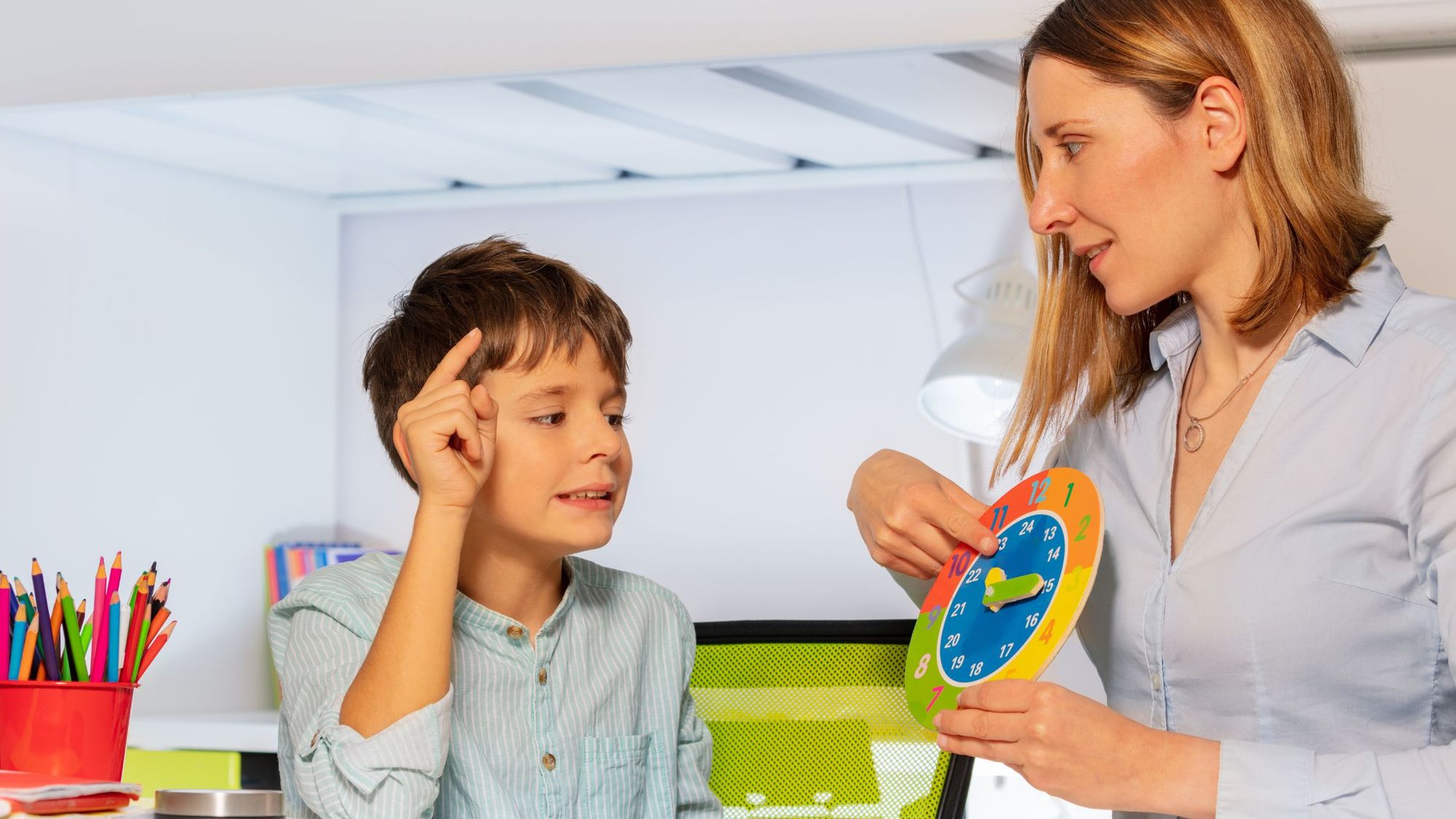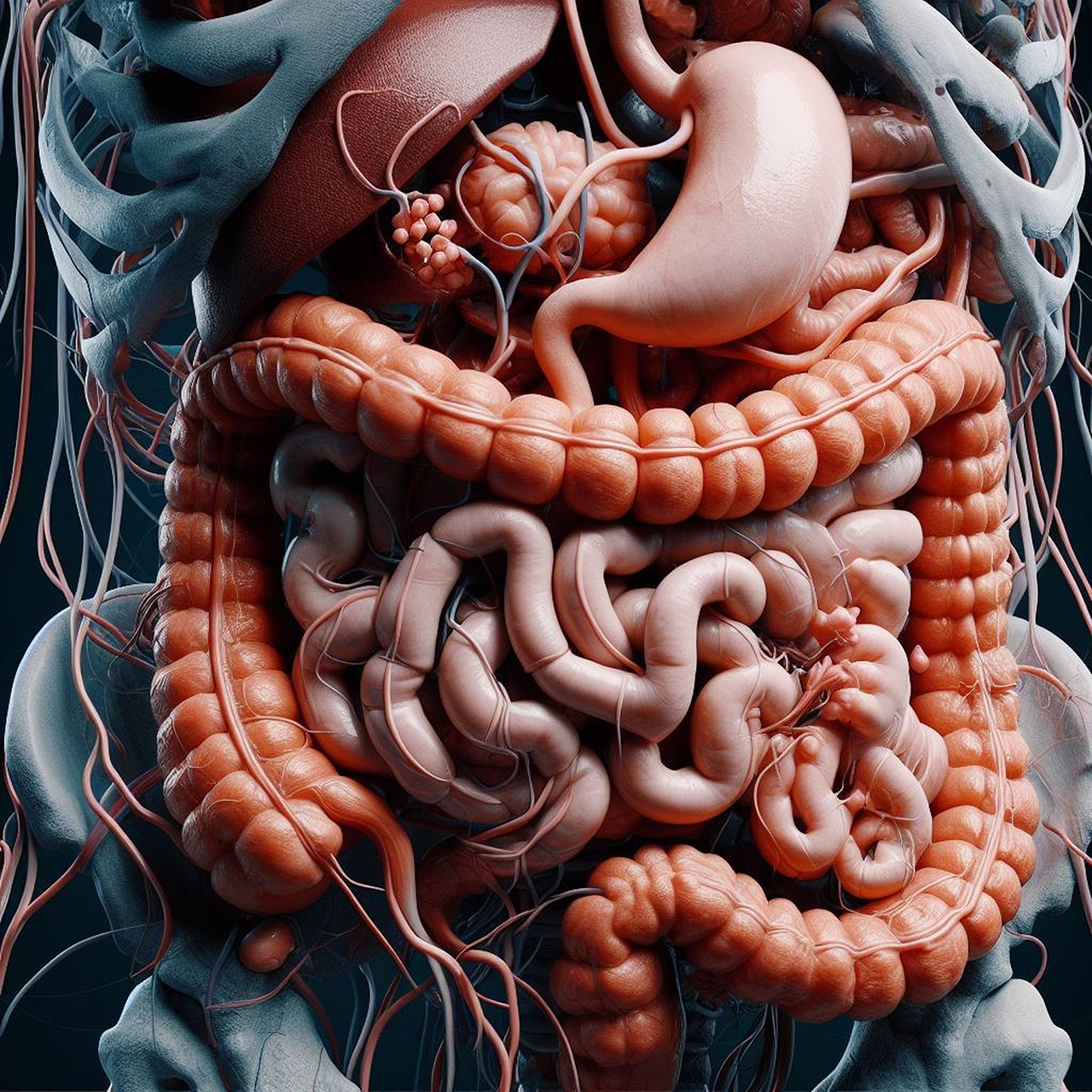
If it seems like autism is more prevalent now than it was 15 years ago, there are a few reasons why.
For one thing, the advantages of being autistic are finally being talked about more, as autism becomes less stigmatized.
Furthermore, diagnostic criteria has changed, as researchers have learned more about how autism presents. This means that milder forms of autism are being diagnosed. We’re now more likely to know someone who either is autistic or has a child who has autism. Parents are now better equipped to recognize the signs of autism, and seek a medical opinion.
This increase in awareness is a good thing, since early intervention is key in helping children with Autism Spectrum Disorder (ASD) learn the skills they need to be successful.
Unfortunately, there seems to be more concentration on the areas in which autistic people struggle, and less recognition of the strengths that autistic people have.
The Positives of Autism
In large part thanks to community-minded people on social media, the positives of autism have started to become highlighted more and more. Autism is also being de-stigmatized, but there’s still a long way to go.
There have been scores of influential autistic people throughout history. Autistic people who have made substantial, imaginative and innovative contributions to society. It’s widely believed that Einstein and Tesla had autism, for instance, and just this year Elon Musk announced on SNL that he is on the spectrum and has Asperger’s syndrome.
And those are just three examples. Can you imagine what kind of a world we’d be living in now without the impact those brilliant minds have made?
So, let’s go beyond the stereotype and take a more in-depth look at what Autism Spectrum Disorder (ASD) is, what it looks like, and the abilities of people who think differently.
What is Autism?
Autism Spectrum Disorder is a collection of neurodevelopmental disorders that include Asperger’s syndrome and pervasive developmental disorder as well as autism. Experts are not certain what causes it, but there are some theories, including a combination of genetic and environmental factors.
As the name implies, autism exists on a spectrum, meaning symptoms can vary greatly in severity. For example, some autistic people might be so overstimulated by noise that they can’t stand to be in crowds, while others might feel anxious or stressed but can tolerate crowds in small intervals.
Some adults with milder forms of autism might not know they have it.
Autistic brains are organized differently. According to a study conducted by Jan Buitelaar et al., autistic brains were found to have, on average, thinner regions associated with auditory processing and a thicker frontal cortex, which is responsible for social and cognitive processing. In addition, the nucleus accumbens and amygdala (center for reward and emotional processing, respectively) were smaller than non-autistic brains.
Finally, the areas responsible for visual processing are more highly developed, meaning there are fewer resources available for the brain to deal with things like decision making, planning or impulse control.

Signs of Autism
Indications of autism typically start to present themselves in the first year or two of a child’s life. Parents might notice that their child isn’t making eye contact with them or responding to their name. The child may not engage in activities such as pointing or mimicking.
Whether or not a child is babbling is a major indicator of ASD. By 24 months, if a child has not yet put together simple two-word phrases, it’s worth making a visit to a pediatrician to discuss having them evaluated.
However, some babies hit all their milestones and don’t start to exhibit signs of autism until they are older and start interacting with other kids.
An autistic child might have very specific interests, becoming so absorbed that they don’t want to be involved with anything else. Or, on the other hand, they may appear hyperactive and struggle to focus. They may prefer being alone to playing with other kids, or they might strive to be included but be socially awkward.
Autistic people sometimes struggle to identify their emotions (alexithymia) or express their desires, and they might seem oblivious to social cues from others.
No two cases of autism present in exactly the same way, however, and these are just a few examples. For a more detailed explanation, visit the CDC’s page on ASD.
Autism in Disguise
Sometimes, an autism diagnosis can be missed, or it can be misdiagnosed.
For example, when autistic babies are overstimulated, they might cry excessively and can’t be soothed. Their parents might assume the problem is colic or GI distress when in reality the child is overstimulated by their environment.
Also, fixation on certain objects (a trait common in autistic individuals) can be misinterpreted as a symptom of OCD. Symptoms of ADHD and ASD overlap sometimes, too, because autistic people tend to have a very hard time paying attention to things that don’t interest them.
This is exactly why some ‘higher functioning’ autistic people (meaning that they are able to communicate effectively and can navigate the world without much help) can go years without being properly diagnosed.
Food and business expert Lauren Kendzierski was one of these people. She didn’t get a formal diagnosis of Asperger’s until she was 35 years old. As she puts it, “I had a few teachers that knew something was different in me. I didn’t really speak outside of family or make phone calls until a theater teacher in middle school taught me acting. All my ‘stims’ were heavily policed. So I learned how to adapt/act.”
And Lauren’s not alone. Increased awareness has prompted more adults to get themselves evaluated, and many are finally getting answers to a lifetime of questions. As Lauren articulates, “I was amazingly relieved when I discovered I was on the spectrum. I had been doing the work to be a ‘better’ person by current social standards and attempting to understand how everyone else was going through the world without even thinking about it. I finally knew I WAS doing an AMAZING job.”
Autism Thrives
Obviously, autistic individuals face unique challenges that neurotypical people do not. Sensory sensitivities, hyperfixation, lack of impulse control, trouble with social cues and social withdrawal can make it hard for an autistic person to maintain personal relationships, do well in school or hold down a job.
And while it’s true that approximately 1 in 3 autistic people also have intellectual disabilities, it’s inaccurate to say that autism equates to intellectual disability. It’s difficult to measure intelligence in autistic people because of the standard method of delivering IQ tests; they typically don’t play to an autistic person’s strengths.
Dr.Temple Grandin is a perfect testament to why we shouldn’t underestimate anyone’s abilities. She was first diagnosed with brain damage before receiving an autism diagnosis in 1950. Her parents were advised to place her in an institution, which they ignored, opting instead for speech and behavioural therapy. Temple eventually went on to become a successful author, inventor and professor.
In her book Thinking in Pictures, she describes her visual thought process which differs from a neurotypical brain that tends to think in words. Temple’s success is largely due to the way she learned to harness her unique abilities, and the many books she’s written in her career strive to educate others on how to do just that.
Information processing is the essence of autism, and a lot of autistic people describe the way they think as their ‘superpower’. It’s not uncommon for someone with autism to have an exceptional memory, hyperlexia, and/or an outstanding ability to notice patterns. In addition, some people with autism can easily find solutions to problems that neurotypical people don’t see because of the distinct way in which their thought process unfolds and their attention to detail.
Another autistic superpower is the ability to hyperfocus on areas of interest, to the point where they are able to completely tune out distractions. Not only does this take productivity to a whole new level, but many autistic people also take refuge in a hyper-focused state because it helps reduce the stress of sensory overstimulation. This could certainly be considered one of many advantages of autism.
Neurodiverse Thought Patterns Explained
When an autistic brain takes something in, it automatically starts seeking material it prefers and neglects everything else.
Autistic thinking patterns can generally be separated into three distinct types: visual, logical or pattern thinking.
For example, a visual thinker will have more activity in the temporal and occipital lobes, meaning the brain devotes more resources to visual detection. Visual thinkers can gain very efficient reasoning abilities that are built on their perceptual strengths, as Temple did.
Logical (or verbal) thinkers tend to have an affinity towards list-making and typically excel at learning languages or memorizing huge amounts of verbal information, such as dates and geography.
Pattern thinkers seek geometry in everything and typically shine in subjects like math or music.
You can read more about thinking patterns in autism here and here.
Their thinking patterns contribute greatly to the intense special interest some autistic people take in certain topics.
There are no blood or genetic tests that can confirm or rule out autism; a diagnosis is made by observing a person’s behavior.
However, genetic mutation is the primary cause of autism. There are over 100 genes that we know of which are tied to autism. Getting a DNA test may give a family affected by autism peace of mind if a genetic mutation that happens to be associated with autism is detected.
In other words, a DNA test can give you some clues about possible genetic links to autism.






